Hello from the cusp of Autumn! I’m writing from the ACMI X space at Fed Square, on a hot desk whose height I can control with a button, drinking free coffee, listening to this jazzy little mix/crepe cooking demo on Youtube. Could life be better? I think not.
Some recent things: I have a video work up on the Blindside website, called ‘Talk Therapy’, about anxiety and inexpressibility and the power of text. It features me, a sofa, and a truly unruly subtitle track. Images in this newsletter will be screenshots from the work. I’d love to hear responses to the work! I’m developing a suite of multichannel video works in this mode, which is bringing me great joy.
I also have a new piece of fiction in the latest Island Magazine, a piece called ‘Mycelium’, which is about an isolated woman slowly merging with the landscape. It’s one of my favourite short stories I’ve written, and I’m stoked it has a home. I also wrote a responsive piece for the NGV Magazine, reacting to the Triennial work ‘Megacities.’ I loved this commission. Good stuff.
In this edition: musings on criticism and writing that reveals the ‘furtive’ aspects of ourselves; a small reminder of the wonders of our age; the brain-breaking capacities of new media; a beautiful short film; David Finnigan’s beautiful musings on being part of ‘a scene’ and how climate science is similar to Canberra theatre; and a list of 10 rules for students and teachers (in the institution, and in the world).
*
*
Criticism, deep engagement and the unruly body
I’ve been thinking about criticism of late. I was never a good critic. I kept finding myself trying to sketch the scenes too deeply, to take the reader, bodily, into the experience of the work. I wrote criticism like it was fiction, and my drafts always ended up coming back to me from editors with exasperated notes all over it. I much prefer the kind of responsive writing to artworks in which I can write really tangentially. It’s why I love writing catalogue essays.
The Australian Book Review (for whom I used to review! My apologies, Peter Rose!) recently published an interview with pianist, writer and festival director Anna Goldsworthy. I was very taken with this excerpt, which I thought was so beautifully expressed:
‘ABR: ‘What do you look for in arts critics?’
Anna Goldsworthy: ‘Proper specialist knowledge rather than its simulation. A willingness to surrender to the work of art on its own terms. Ideally some writerly facility, but not the urge to preen, using the reviewed object as a prop. (I’m fully aware I haven’t always lived up to these ideals.) It’s a rare combination, but oh – when you find it! Being properly read, as a writer, is one of life’s great pleasures.’’
Reading that description made me think of Adele Dumont’s review of my book, the care with which she engaged with my work, the depth of the thinking, through and with the text. I appreciated it greatly. I felt deeply seen. And, in the looping ways in which the world often comes to us, I was thinking of it when I read Fiona Murphy’s review of Adele’s new book, called The Pulling, which itself includes a reference back to my book:
‘It has been suggested that reviewing books of lived experience can be fraught. When critic Declan Fry reviewed The First Time I Thought I Was Dying by the Australian writer Sarah Walker, he declared himself a fan of the essay collection. He went on to say: “Criticism here can be difficult to prosecute – an unkind word easily vulnerable to misinterpretation, too readily construed as invalidating a person’s lived experience – but it remains fair to say that Walker is entering an almost comically crowded field: Bri Lee, Lucia Osborne-Crowley, Fiona Murphy, Katerina Bryant, Kylie Maslen, Sam van Zweden, Tanya Vavilova, to name a few”.
My name appears on that list. So, whatever I write in response – no matter how carefully framed or precise – is likely to bolster Fry’s perception that critiquing this subgenre is “difficult”. And therein lies the issue: Fry has created his own cul-de-sac of confirmation bias. By assuming authors who write about their lived experience are delicate and need to be treated as such, these books inevitably become an amorphous mass. It is no wonder he believes the space is “oversaturated”.
Fry fails to acknowledge – or perhaps is not even aware of – the vast space that sits around each book. The authors listed write with such specificity and diversity of subject matter. These books about illness and disability are often among the first non-academic books about that topic – disordered eating, Crohn’s disease, bipolar disorder, tinnitus, endometriosis, substance addiction, deafness and chronic seizures, just to name a few – published in Australia.
The Pulling is equally distinct in its subject matter. As author Clare Wright says in a blurb for the book: “As a lifelong trichotillomaniac, who has never seen my furtive self reflected back in literature, I devoured this astonishing book in one greedy sitting.”’
I am so passionate about this, about works that pull back the curtain on our furtive, fucked up selves and say: let’s just sit here. Let’s be with ourselves. Let’s not be ashamed. I will tell you what it is like, and then, then you will know.
*
*
A reminder of some things that are good
Sometimes, when I’m feeling overwhelmed and exhausted, I re-read this lovely Reddit comment, and it cracks open the door, once again, to the possibility of wonder:
*
*
When our capacity to interpret fails
I was thinking recently about the scandal about The Dress, the photograph that in 2015 bisected humanity into two camps, arguing over whether it was white and gold or blue and black. I’ll admit, I was 100% on team white and gold, and I was shocked when the truth came out. I thought that a lifetime as a photographer meant that I understood how lighting worked. Alas, alas.
I’m always interested in the failure of our material selves, the points where friction emerges about what is real, true, extant or knowable. It’s part of why I was useless on psychedelics, because instead of marvelling at the world becoming a mass of breathing fractals and feeling deeply connected to the universe, I just started hyperfixating on how the drugs were interfering with the ways in which my brain was reading the data inputted through my optic nerves. I’m cool at parties, I promise.
Anyway, here is another image to argue over — observe the name below:
You’ll either see ‘Yanny’ or ‘Laurel’ first, and it’s quite beautiful, I think, to observe how elegantly the lettering is both at once. It’s a visualisation of this similarly internet-breaking auditory phenomenon, in which a recording of the name ‘Laurel’ also, and entirely accidentally, contains the name ‘Yanny’ in the higher frequencies (if you’re older, you’re more likely to hear ‘Laurel’ rather than ‘Yanny’ because the upper frequencies of your hearing are probably cooked). See also: this toy that is meant to be saying ‘brainstorm’, but is also, somehow, saying ‘green needle.’
I am working on a project at the moment with Roslyn Oades, called ‘The Enormous Radio’, working with ideas of haunted technology, seances, number radio stations and EVP with the goal of contacting the nonhuman, and this idea, that media technologies have the capacity to contain multiple truths, or can break in a way that disrupts consensus reality: all that feels very much part of this research.
In kind-of-related news: have you ever heard a male bittern’s song (it’s a type of bird)? If not, treat yourself.
*
*
In my pockets: a chewing gum wrapper, a receipt from Readings
Here’s a terribly dry pitch for a short film: filmmaker James Lees asked Londoners what they had in their pockets, and what it meant to them. Sounds like a drag, right? But my god, it’s so small and sweet and strange and moving. Humans: what an odd species we are, so full of heart and hope and sentimentality.
*
*
Climate science and being part of a scene
You should most definitely subscribe to David Finnigan’s Substack, ‘New Rules for Storytelling’, in which David writes with such elegance and perspicacity about the ways that we might come to terms with climate collapse. He is deeply clued into climate research, with all its complexities: how do we gather data, interpret it, and then package it so that average humans can understand it? How do we analyse the systems, large and small, which hold us and determine how we move through the world? How do we break through?
In his most recent newsletter, he writes about being part of a scene, the joy of being immersed in something generative, new, profound, the ways in which you all push each other to be better makers, better collaborators, through a big storm of jealousy and generosity. This was my experience of theatre in the early 2010s in Melbourne, too —
‘Here’s what it’s like. You make some kind of work - in my case, theatre - with a few collaborators. You put on a new show in an abandoned shopfront for 30 people. It’s rough and messy but it works, and you’re buzzing with success.
But meanwhile, on the other side of town - in my case, the distance between Mount Ainslie and Black Mountain in the middle of Canberra, Australia - another group of artists are making a new work. And when it comes out, it completely outstrips yours. It blows you out of the water.
So you watch their show, and you’re fuming with jealousy, you’re livid. But this other group are also your collaborators, they’re also your friends, and you’re completely proud of them even as you’re burning up with envy. And when the show finishes, you rush out of the theatre and you sit in the carpark half the night with your friends breaking their show down beat by beat. What was that trick they did in the middle? Why did it work so well? How did they do that?
Luckily for you, one feature of being in a scene is that you share the same set of influences as your competitors. You’re all reading the same books and listening to the same records - partly because you’re always loaning each other books and making each other mixtapes. That trick they pulled off on stage, you know where they stole it from. You saw that film, you played that video game too! You just never had the idea to adapt it to a live performance setting in that way.
But as good as their show was, it wasn’t all the way there. You could see what they were going for with that trick, but it didn’t quite succeed. And so you stay up half the night in the carpark, hashing it out - how could you make it work? What if you took that same trick, but doubled it up and folded it back in on itself?’
And then, wonderfully, he turns to the wonderful complexity in the climate science scene, the dramas and uncertainties, the arguments and competitions that we never hear about because nobody wants to give off the sense that scientists are disagreeing, because, god, climate deniers do not need more fuel. Do read the article — it’s beautiful to see David’s mind at work, percolating over our most human issues. I love his passion and rigour. I’m so delighted to call him a friend.
*
*
10 Rules for Students and Teachers
This set of rules, while often attributed to John Cage, were actually written by artist (and nun!) Corita Kent. As someone mid-PhD, they struck me and delighted me, but I think they’re excellent things to remember as any ongoing student of the universe.
‘Rule 1: Find a place you trust, and then try trusting it for a while.
Rule 2: General duties as a student – Pull everything out of your teacher. Pull everything out of your fellow students.
Rule 3: General duties as a teacher – Pull everything out of your students.
Rule 4: Consider everything an experiment.
Rule 5: Be Self Disciplined – this means finding someone wise or smart and choosing to follow them. To be disciplined is to follow in a good way. To be self-disciplined is to follow in a better way.
Rule 6: Nothing is a mistake. There is no win and no fail. There is only make.
Rule 7: The only rule is work. If you work it will lead to something. It is the people who do all the work all the time who eventually catches onto things.
Rule 8: Do not try to create and analyze at the same time. They’re different processes.
Rule 9: Be happy whenever you can manage it. Enjoy yourself. It is lighter than you think.
Rule 10: “We are breaking all the rules, even our own rules. And how do we do that? By leaving plenty of room for X qualities.” (John Cage)
Helpful Hints:
Always Be Around.
Come or go to everything.
Always go to classes.
Read everything you can get your hands on.
Look at movies carefully and often.
Save everything – it may come in handy later.’
I am particularly devoted to ‘The only rule is work.’ In every notebook I’ve begun for the past few years, I have written on the first page: ‘Solvitur opere,’ which is rough Latin for ‘it is solved by working’ (inspired by the phrase ‘Solvitur ambulando’, which means: ‘it is solved by walking’; a phrase attributed to Saint Augustine, and which I came across via Chatwin’s ‘The Songlines’). I periodically get myself into a tizz, where I’ve got too many things on the to-do list and end up in a kind of ostrich-like holding pattern in which I do nothing at all. Then I think about the fact that people seem to think I’m extremely productive, which further freezes me into a state of inertia. Eventually, it’s usually Mike who says, ‘Just…pick a project, and spend the whole day working on it’, and then of course, once something’s moving, everything is. Action produces motivation. I always forget this fact.
*
*
And that is all.
My love to you,
S x



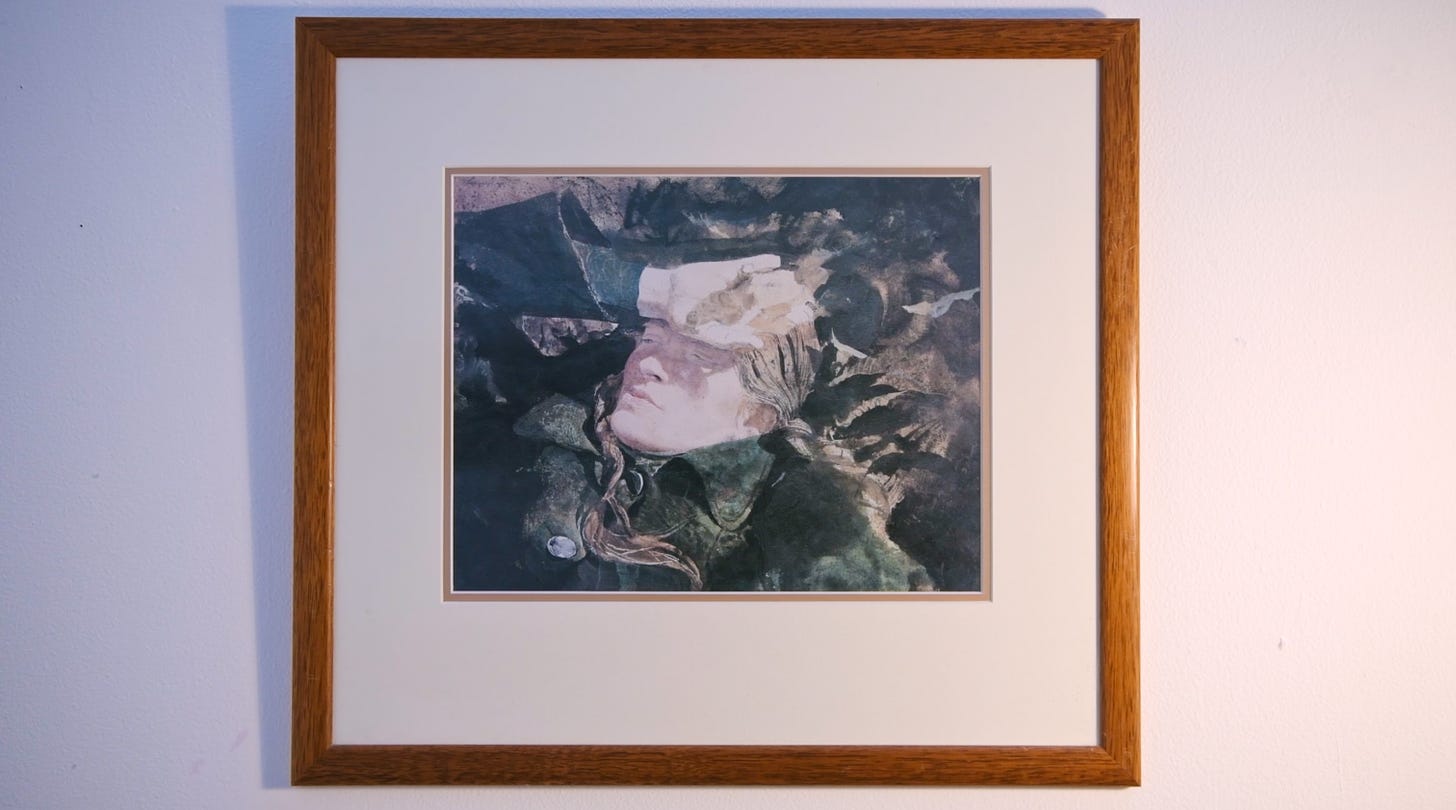
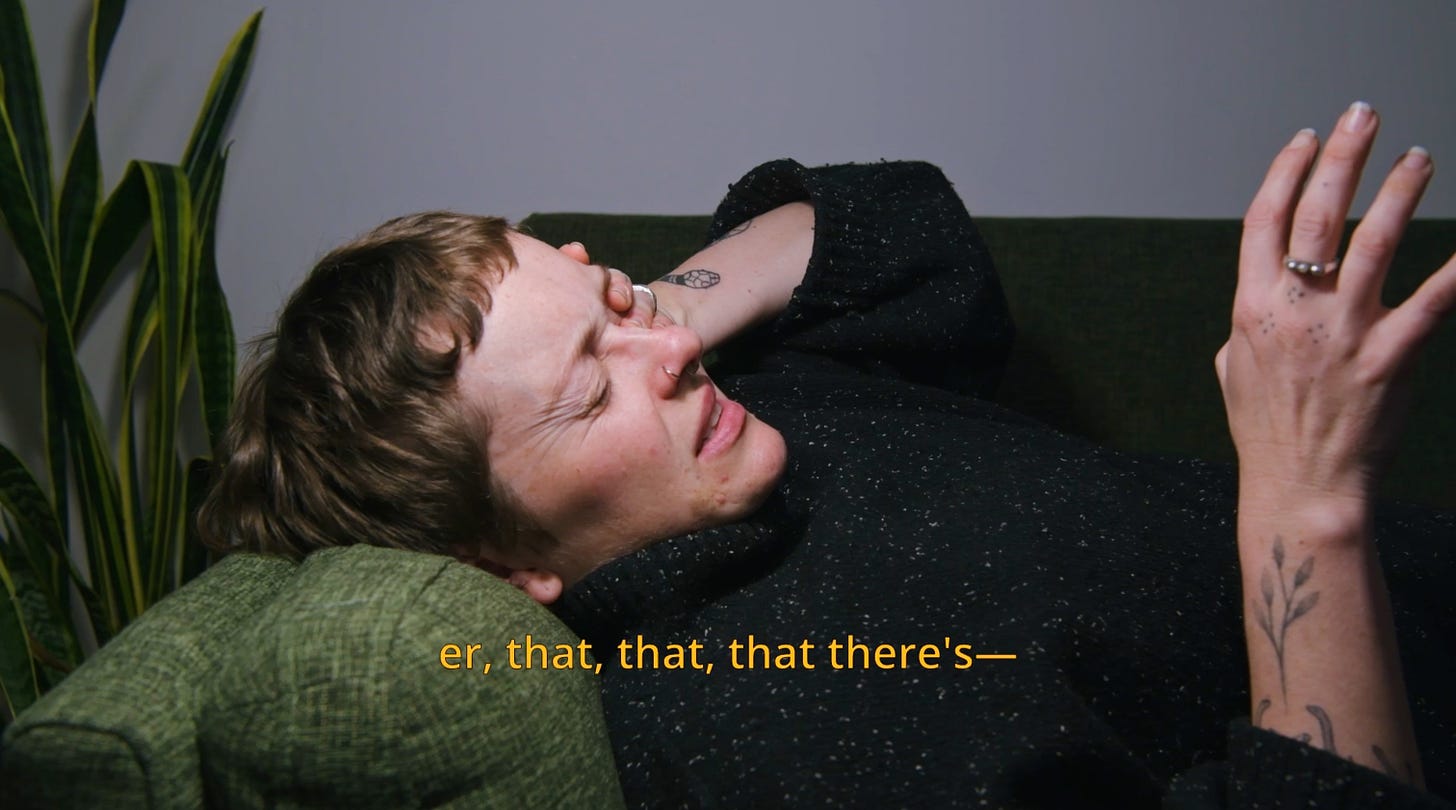
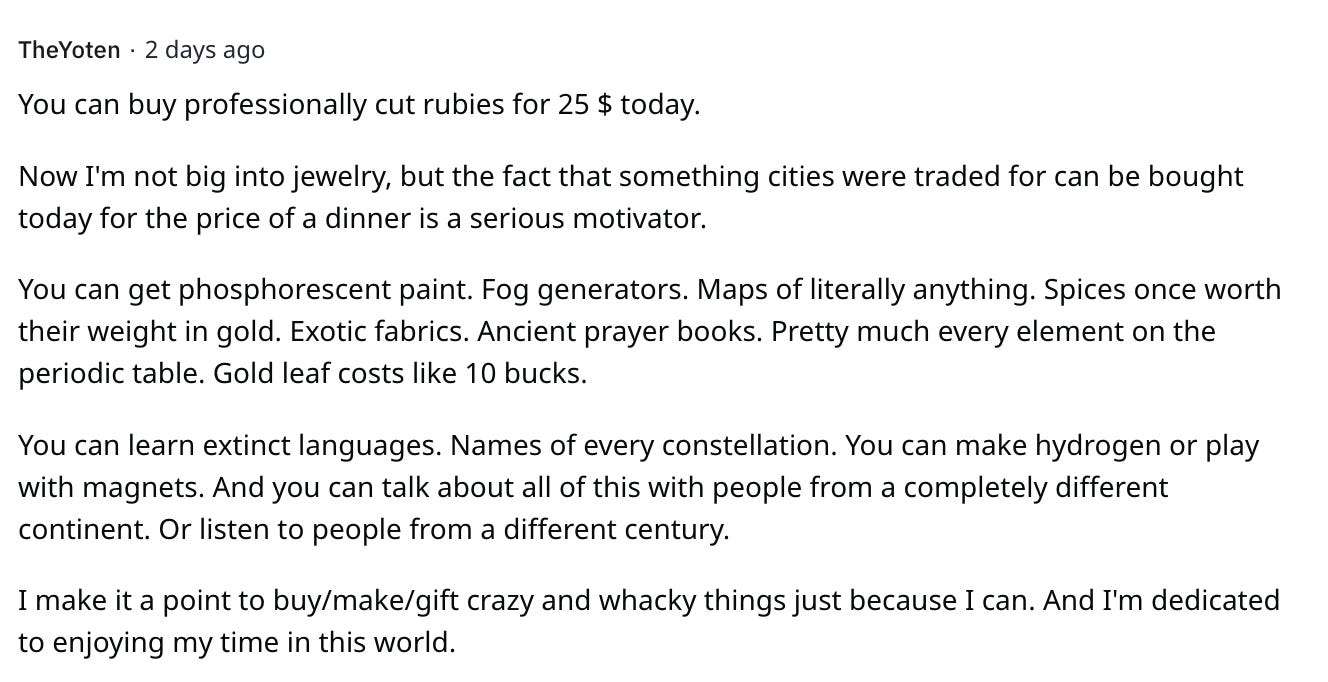
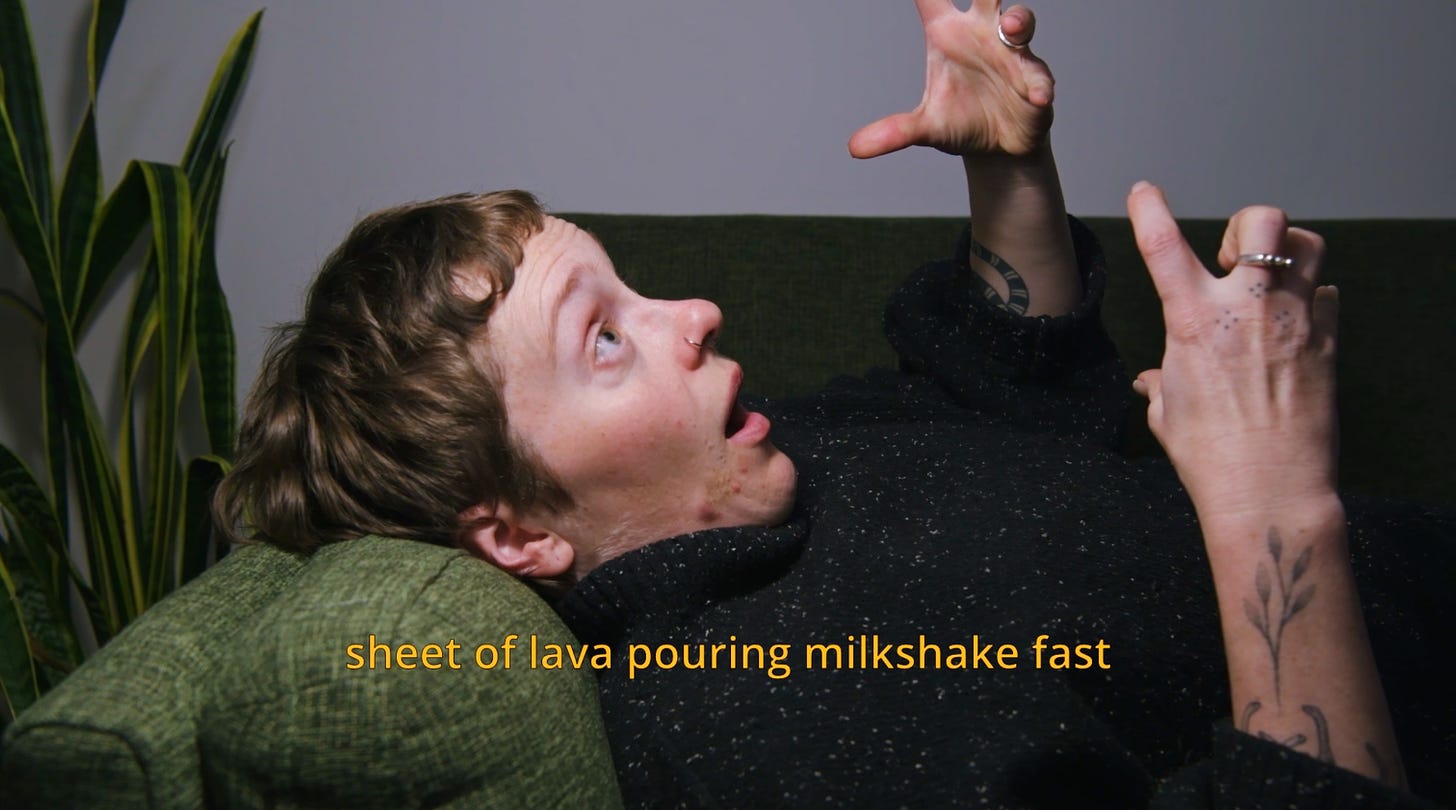
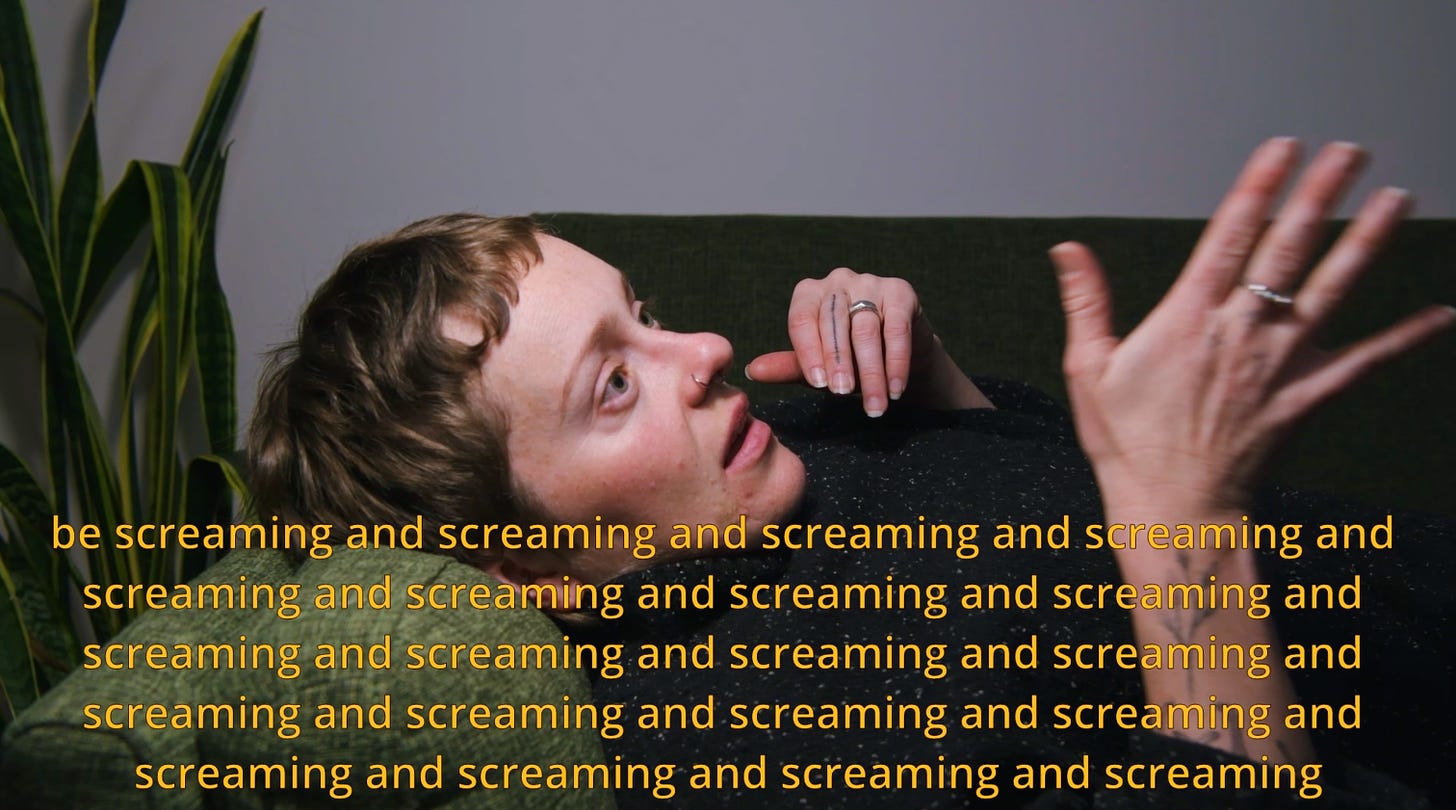
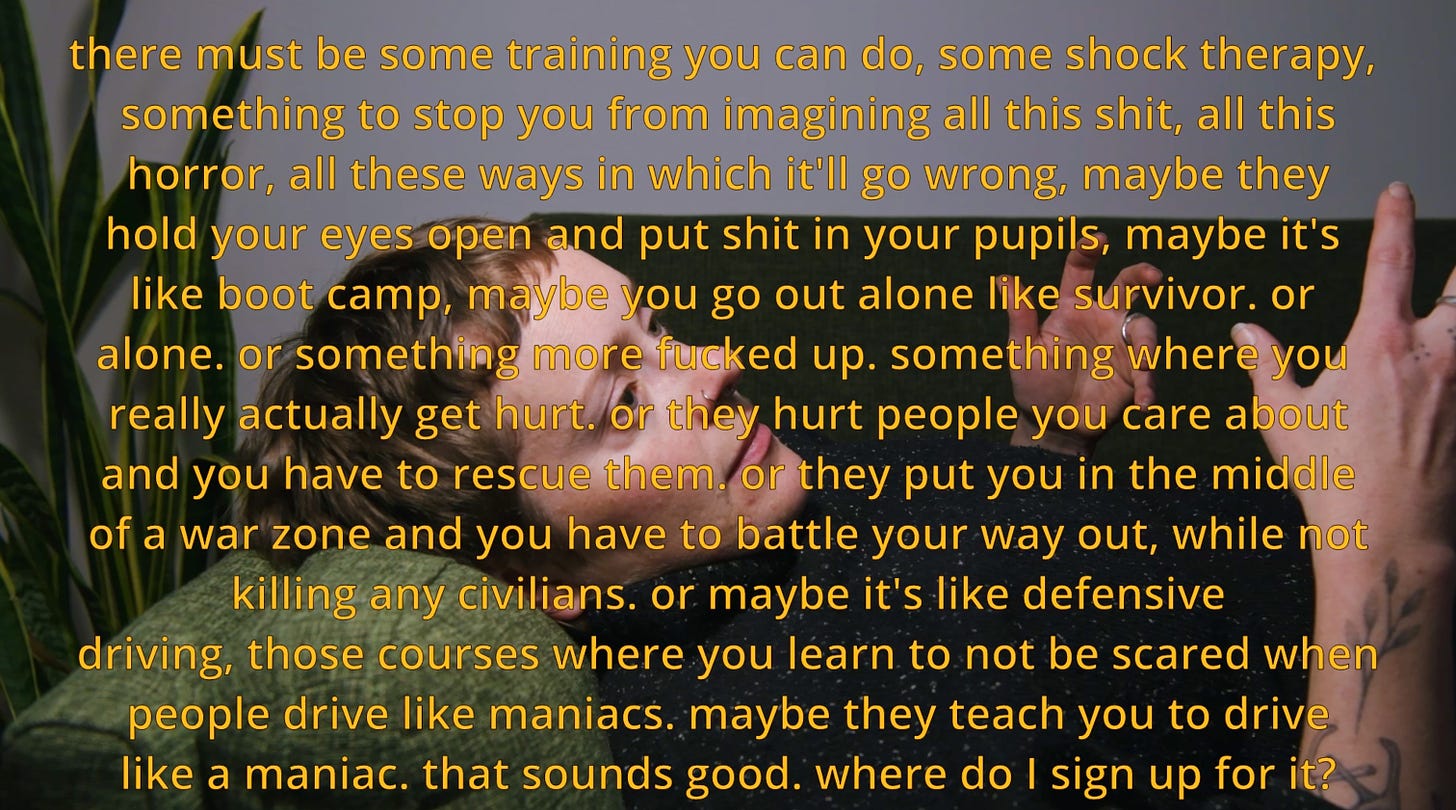
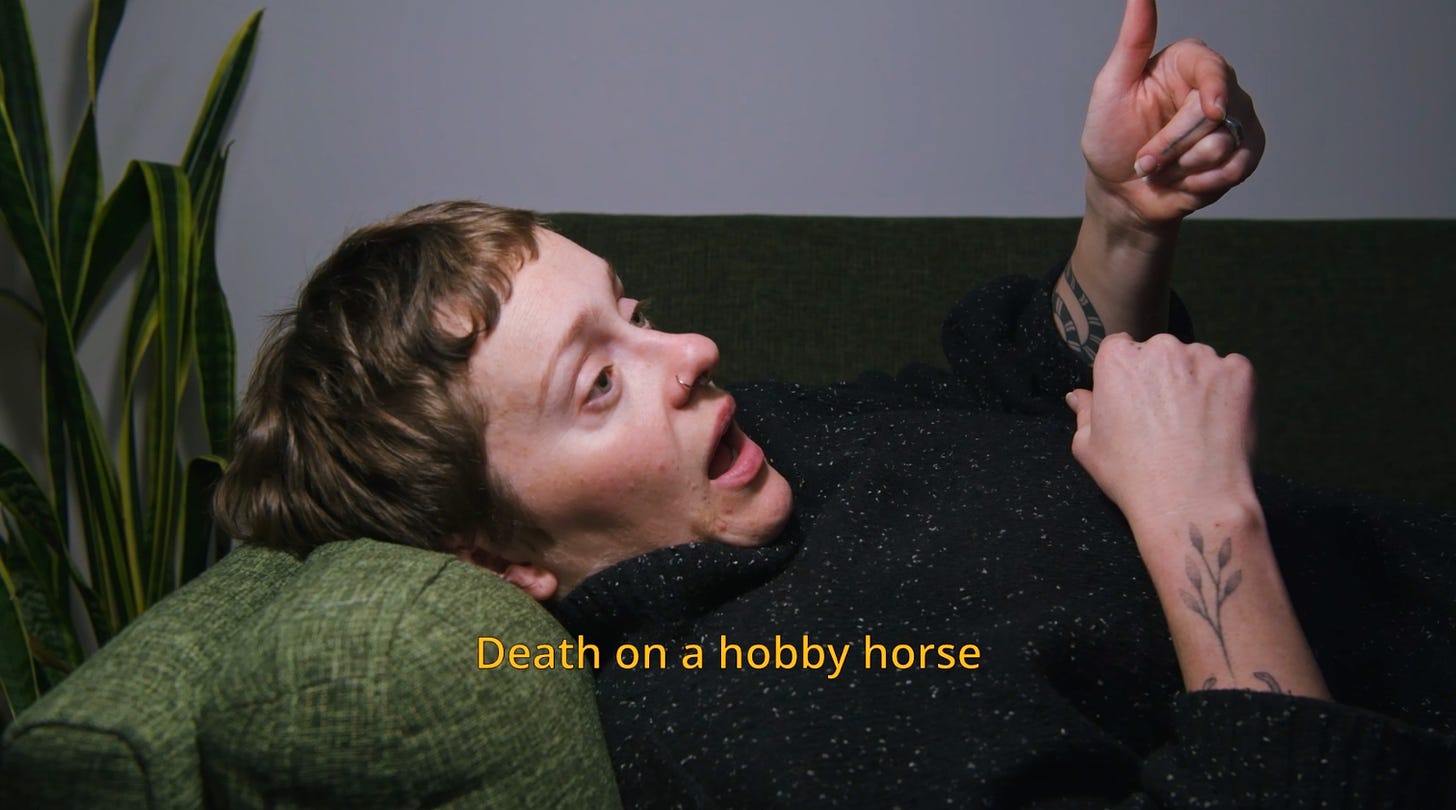
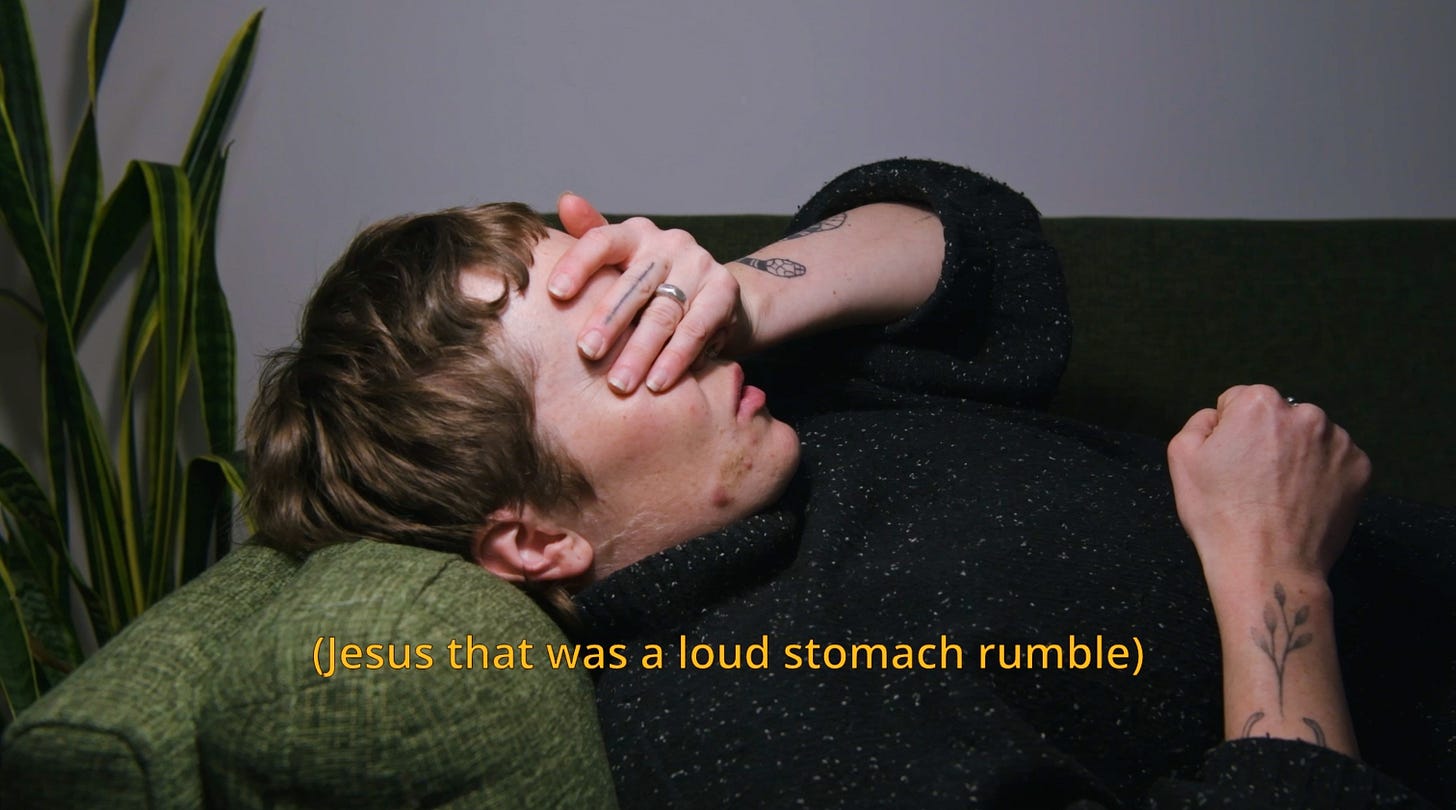
Wow it is very difficult to get into this to comment.
Once again you astound me with your insights. Keep it up little one.
Dad